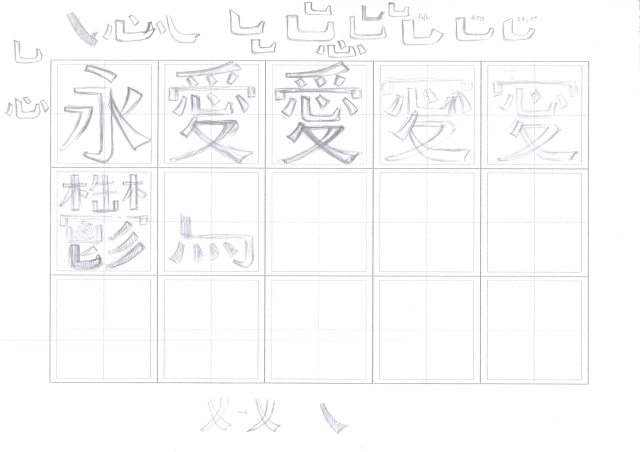Creating a Chinese Font

The long, incredibly tortuous, and fascinating process of creating a Chinese font
The story of Chinese characters begins with, of all things, turtle bellies.
The kings of the Shang Dynasty—which ruled from the 16th to the 11th centuries BC—had questions. Questions about what the king should do, like whether to “perform a ritual for Father Ding and offer to him thirty captives from the Qiang nomad tribe as well as five penned sheep,” according to one translation (pdf, p. 5). As with many ancient human-rights abusers, the king turned to his royal soothsayers to decide the lives of these captives.
The soothsayers etched these pressing questions directly onto the shoulder blades of oxen and the under-shells of turtles, which are also known as plastrons. They then poked the inscribed animal parts with hot metal rods until cracks formed. The shapes of the cracks served as omens, telling the king whether offering captives was a good idea or a very bad one. Often, the answers were etched directly onto the bones and shells, right next to the prophetic cracks.
Tens of thousands of these etchings, known as “oracle bones,” have survived all the way to today. They are a resilient source of ancient etymology and the earliest-known Chinese characters. Archaeologists date oracle bones to at least the 13th century BC, around the time of the Trojan War, and the characters can still be made out.